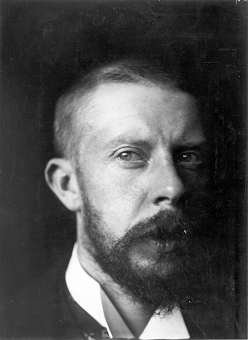
George Hendrik Breitner was a Dutch painter and photographer. An important figure in Amsterdam Impressionism, he is noted especially for his paintings of street scenes and harbours in a realistic style. He painted en plein air, and became interested in photography as a means of documenting street life and atmospheric effects – rainy weather in particular – as reference materials for his paintings.

Johan van der Keuken was a Dutch documentary filmmaker, author, and photographer. In a career that spanned 42 years, Van der Keuken produced 55 documentary films, six of which won eight awards. He also wrote nine books on photography and films, his field of interest. For all his efforts, he received seven awards for his life work, and one other for photography.

Rob Hornstra is a Dutch photographer and self-publisher of documentary work, particularly of areas of the former Soviet Union.

Wim van der Linden was a Dutch photographer and film and television director. As a photographer he documented slums and subcultures in Amsterdam in the 1960s. His "Tulips", one of four experimental and satirical Sad Movies (1966-1967), is praised as one of the dramatic high points of Dutch film history, and with Wim T. Schippers and others he made groundbreaking and controversial television shows for the VPRO in the 1960s to the 1970s.

Pieter Abramsen was a Dutch sculptor, and visiting professor at the Delft University of Technology, known for his work in which abstraction and realism are joined.
Hendrik Peter "Henk" Jonker was a Dutch photographer. During World War II, he documented the impact of the German occupation of the Netherlands and after the war he started a press agency. Praised for portraying "ordinary people and small moments", his work appeared internationally in publications such as Time and Der Spiegel and was included in the 1955 exhibition The Family of Man; particularly notable are his photographs taken during the North Sea Flood of 1953.
Bart van Leeuwen was a Dutch photographer and author.
Jacobus Anthonie Meessen was a Dutch photographer who took more than 250 portraits and landscapes of the Dutch East Indies between 1864 and 1870. Born to a carpenter in Utrecht, Meessen worked in that trade in the Indies before marrying in the Netherlands in the early 1860s. He returned to the colony in 1864, intent on documenting its land and people. He worked mostly in the capital of Batavia, Java, and Padang, Sumatra; he also photographed Bangka, Belitung, Borneo, and Nias.
Daniël (Daan) van Golden was a Dutch artist, who has been active as a painter, photographer, collagist, installation artist, wall painter and graphic artist. He is known for his meticulous paintings of motives and details of everyday life and every day images.

Helena van der Kraan-Maazel born Helena Jirina Mazl was a Czechoslovakian-born Dutch photographer and partner in the artist duo Axel en Helena van der Kraan.
Nico Jesse was a Dutch humanist photographer and photojournalist, later, he became a commercial and advertising photographer. Originally a physician, he combined his work as a doctor with his passion for photography until, in 1955, he gave up his medical practice to devote himself exclusively to photography, producing imagery for several companies’ annual reports and business documents. He also made a large number of books about cities and countries in Europe and mounted exhibitions of the images, the most famous being Women of Paris (1954), and contributed to a mass observation project of Nazi-occupied Utrecht. In 1962 Nico Jesse took up his original profession again and at his death in 1976, left a large photographic oeuvre, in which people and their everyday activities are the focus.
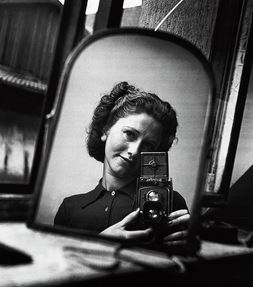
Ata Kandó was a Hungarian-born Dutch photographer. Beginning her photography practice in the 1930s with children's photography, Kandó later worked as a fashion photographer, photographed refugees and travelled to the Amazon to photograph landscapes and indigenous people.
Martin Roemers is a Dutch photographer and artist. Roemers studied at the AKI Academy of Visual Arts in Enschede, the Netherlands. He graduated in 1991.
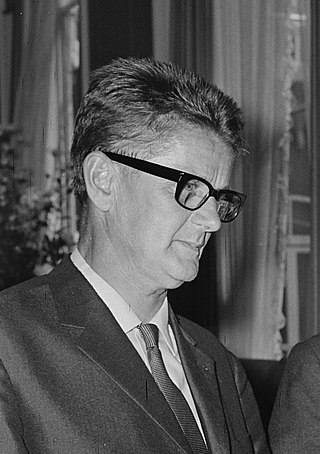
Casparus Bernardus Oorthuys, known as Cas Oorthuys, was a Dutch photographer and designer active from the 1930s until the 1970s.
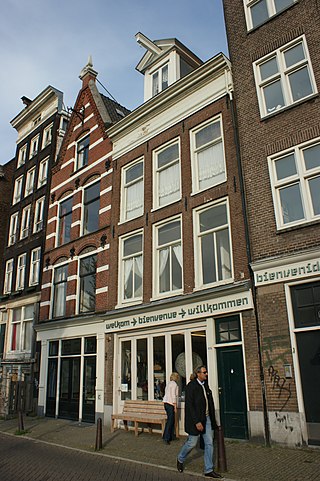
Galerie Wim van Krimpen, also Galerie Van Krimpen is a Dutch former art gallery in Amsterdam and Rotterdam by Wim van Krimpen.
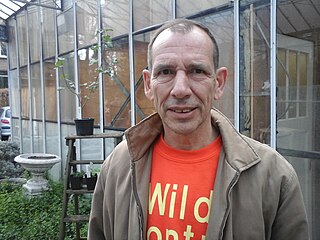
Bernardus Stefanus Henricus (Ben) Zegers is a Dutch visual artist, active as a sculptor and installation artist, and teacher and coordinator at the Gerrit Rietveld Academy.
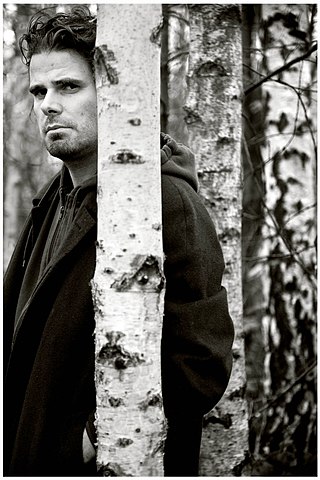
Stephan Vanfleteren is a Belgian photographer, best known for his portraits in black and white and his depictions of Belgium and abroad.

The Fotomuseum Den Haag is a photography museum in The Hague. The museum was founded in 2002. It was a spin-off of the nearby Kunstmuseum Den Haag, when then director Wim van Krimpen decided that the Kunstmuseum's collection of photography had become so rich that it deserved a separate location. It shares an entrance and space with the museum of contemporary art KM21.
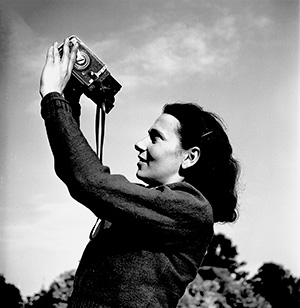
Maria Austria was an Austro-Dutch photographer who is considered an important post-war photographer of the Netherlands, and was a theatre and documentary photographer. Her neorealistic, humanist photo reportage was exhibited at the Museum of Modern Art in 1953, the Stedelijk Museum Amsterdam in 1958, the Van Gogh Museum in 1975, and the Joods Historisch Museum in 2001.

Staged photography is a form of photography where the photographer, like a director, stages everything in advance to have full control over how their idea is visualized. Although the staging of a photograph was already common in the early days of photography, it was not distinguished as a separate genre until the 1980s, when some photographers began to establish themselves as conceptual artists.



















